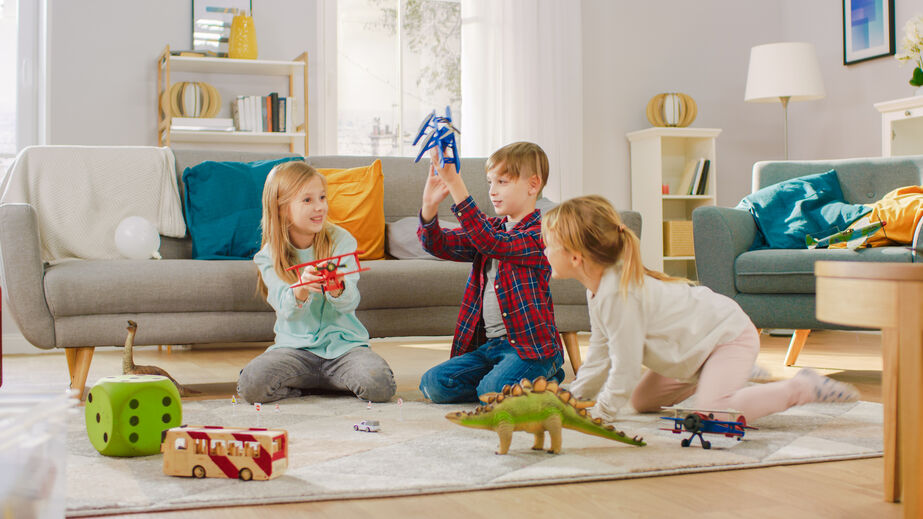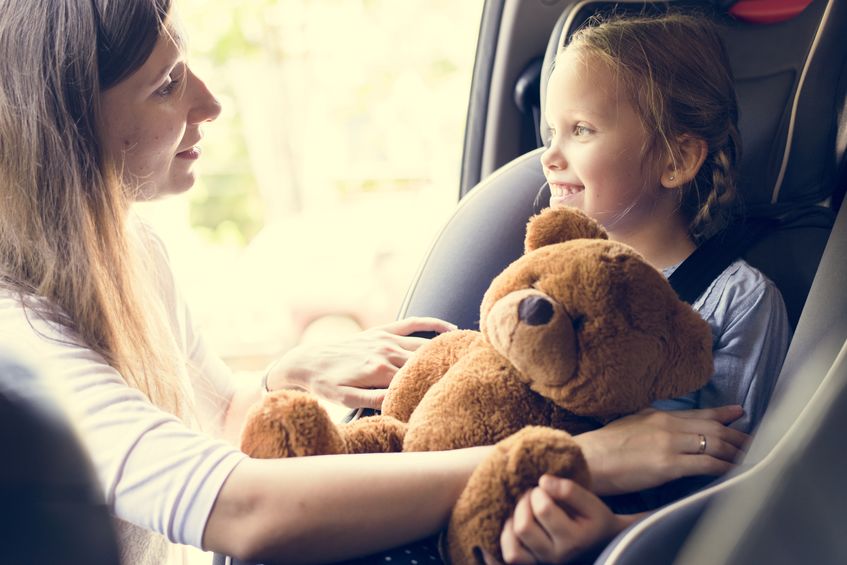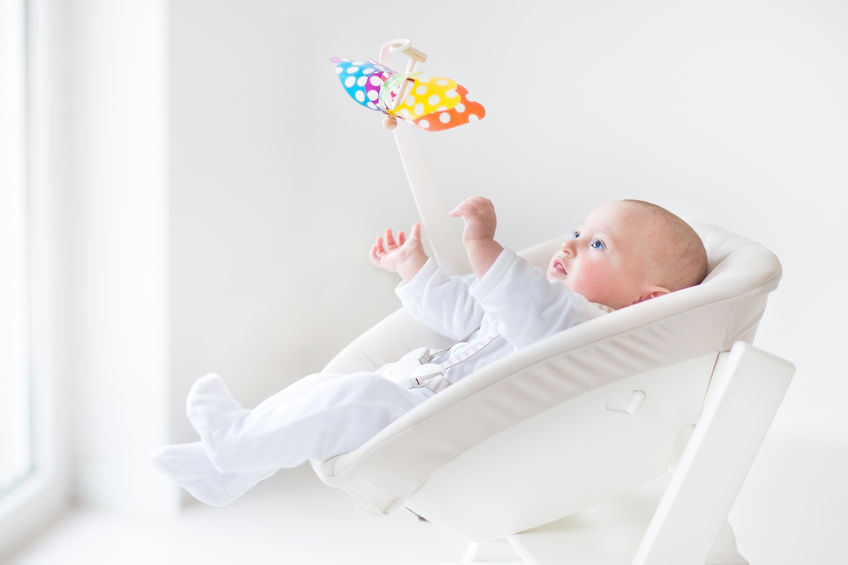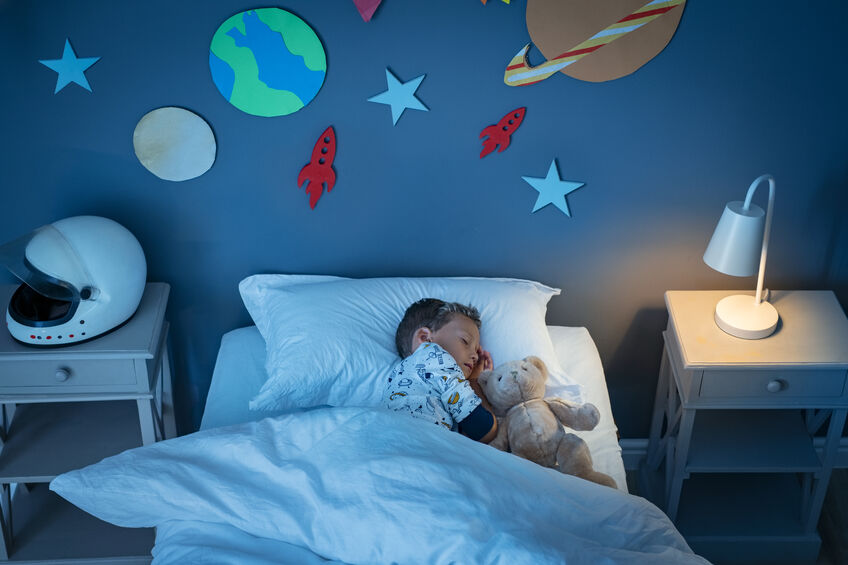
Few kids want to go back to school, but some may even be anxious about the idea of it. Back-to-school anxiety is completely normal. Nevertheless, it’s never fun to go through, for the child or for the parents. Here, we list some ways you can help your child deal with their back-to-school anxiety.
Remind them (and yourself) that this is common
When kids start feeling anxious about going back to school, it can be easy for them to think that they’re the only ones who feel this way. But this kind of thinking can make them feel isolated, increasing their existing anxiety. It’s important to remind your kids (and yourselves) that back-to-school anxiety is completely normal and that there’s nothing wrong with feeling nervous.
Take a day to walk them around the school or classroom
Kids become especially nervous if they’re starting a new school or simply changing classrooms. The fear of the unknown sets in, and it makes it all the easier for their minds to create catastrophic situations. To help dispel these fears, take a day during the summer to introduce them to their new school or classroom. Walk them around and show them the different rooms they’ll be taking classes in. Just make sure you get the school’s permission before you do this!
Problem solve
Ask your child why they’re so nervous about going back to school. Once you have their reasons, you can figure out ways to resolve those worries. For instance, if they’re worried that they won’t have friends in their classes, ask around to see which kids are in your child’s classes. If they’re concerned about their workload, show them that they have already handled tough workloads in the past.
Provide comfort
At the end of the day, your child may just need a hug or a comforting presence near them as they gear up for school. Try to support them as much as you can. You can even keep them entertained with some of their favorite activities to take their minds off of school.
Stuffed animals can be a great way to comfort your child when they’re nervous. Here at The Zoo Factory, we have many stuffable animals for you to choose from. Look through our online inventory today to get started!








